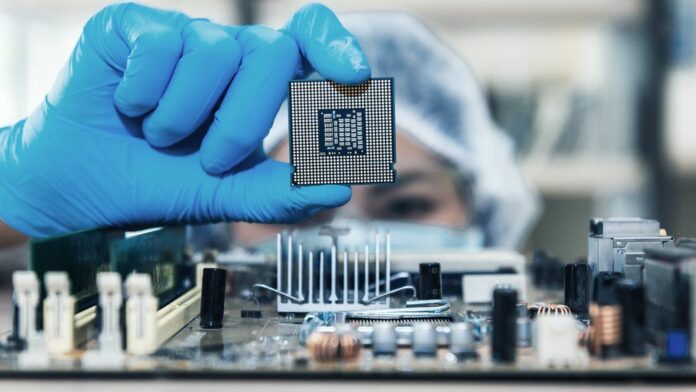When you can’t get your hands on a Sony PS5 or a Ford F-150 pickup, start blaming it on a chip shortage. A world – wide problem caused by the COVID-19 pandemic has spread into a decade’s disruption of everything electronic, prompting governments to lavishly continue funding chipmakers. In short, the COVID-19 pandemic and a slew of shock waves shook the global economy. Demand for work-from-home technology such as PCs, tablets, and webcams has outstripped the semiconductor manufacturing industry’s ability to supply chips — not just the big CPU brains of a laptop, but also a slew of supporting chips required for manufacturing items such as dishwashers, baby monitors, and LED light fixtures.
According to a survey of American heavy-equipment manufacturers, bringing more semiconductor production to the US could help alleviate the global chip shortage.
As companies around the world report second-quarter earnings, complaints about chip shortages related to the pandemic continue to emerge in analyst calls. Carmakers worldwide, from Sweden’s Volvo Car AB to South Korea’s Kia Motors, are still experiencing disruptions due to a lack of sufficient chips. Because of the shortage, the tech industry and politicians are attempting to reverse the United States’ declining importance in the microprocessor industry. The US government is dissatisfied with the country’s economy and military’s reliance on Asian high-tech manufacturing. And chipmakers, enthralled by government subsidies to fund research and new factories and anticipating a surge in chip demand, are investing like never before.
The chip shortage has also been starting to shine a good perspective on the state of US manufacturing and how much of it has moved overseas. Intel, which now has fallen to third place behind Taiwan Semiconductor Manufacturing Co. (TSMC) and Samsung Investment casting, hopes to recapture its position of leadership by capitalizing on increasing demands and government subsidies. In the meantime, chipmakers are going to double down on efforts to increase manufacturing capacity in the United States. Samsung Electronics Co. is going to consider spending nearly $200 billion on 11 semiconductor manufacturing facilities in Texas, and Global Wafers Co. plans to build the largest silicon-wafer facility on American soil, worth $5 billion.
The US Senate voted last week by a large margin to begin debate on legislation that would provide more than $52 billion in grants and incentives to the American semiconductor industry. A draught bill under consideration includes a 25% investment tax credit for chip manufacturing and tooling, $200 million for worker training, and $1.5 billion for public wireless supply-chain innovation.
“Foundry capacity will be precious for the foreseeable future as demand for semiconductors only grows,” said Creative Strategies analyst Ben Bajarin.
Follow and connect with us on Facebook, LinkedIn & Twitter.

